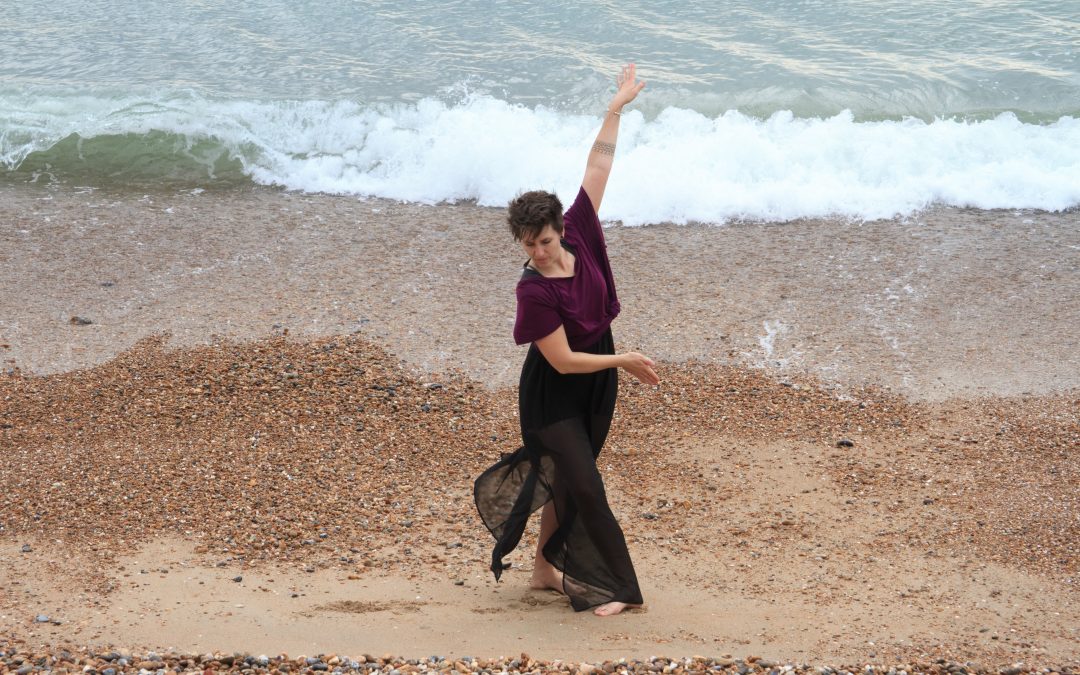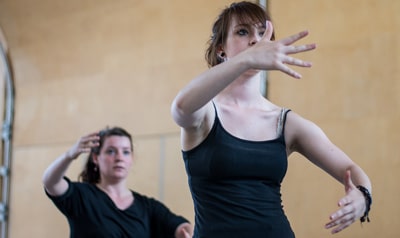‘Wilderness’ … The word suggests the past and the unknown… It means something lost and something still present, something remote and at the same time intimate, something buried in our blood and nerves, something beyond us and without limits. — Edward Abbey
Humans have long considered their place in and relationship to the natural world through the arts – song, poetry, acting and dancing – and in passing on these stories we create a sort of folklore. We rarely have time to do this nowadays, with the pressures of work, freedom of information online and feeling increasingly removed from the natural world. Perhaps we don’t use folklore as a form of education now, but we still live within nature and it would be beneficial to reflect on this and notice the impact it still has in our daily lives.
Theater is the place where we process the question of how we want to live our lives – Peter Brook
The Moving Stories: the Sea workshop gives you the chance to create your own folklore – time to consider your relationship to our natural environment and ways to tell our stories of these places. If you enjoy dancing alone and in group, want to try making your own dance but don’t know where to start, struggle to learn dance steps and taught sequences, love being in nature but don’t often get the opportunity to dwell there, love thinking and writing but want to get more into your body, then this workshop will have something for you.
Without experience of nature, humans become mad – Paul Shepard
The workshop is a space to stop for a moment, listen and sense what is around you, connect to the environment and recall memories of happy times by the sea. We write about these memories in order to recall the fine details of what you saw, heard, touched, tasted, smelt, felt, and what it meant to you. Simple guided tasks take you into moving, exploring your own personal movement and creating a short phrase inspired by the natural environment and your personal stories. You can keep your moving story private or share with each other. Simple guided tasks take you into moving as a group, improvising together as one unit, perhaps joining your moving stories, before taking the group and solo dances to the sea front. Taking our inspiration back to its source and reminding us of our shared connections to the land.
‘Man is most himself when he is at play’ – Johann Christoph Friedrich von Schiller
The workshop is a supportive and encouraging space to explore, create, play and just be. It is a chance to recall stories of places where you’ve felt comfort, where you felt connected to nature, that were important to you. The focus on your personal lived experience means there are no right or wrong answers, but there’s still space to feel challenged and achieve something new. You can be new to dance or have some experience already, there’s something for everyone to explore.
Get in touch to find out when the next Moving Stories: the Sea workshop is taking place
Other blogs and articles you may find interesting:
To Dance or Not to Dance?: Thoughts on Trying Something New, Elise Phillips (2017)
Coastal Mappings, Dancing Stories: A Community Dance Residency in New Zealand, Petra Kuppers (2007)
Communicating Through the Body Using Creative Movement in Health Care, Elisabeth Zeindlinger (2013)
Dancing Outdoors, Michelle Wilkinson (2014)


